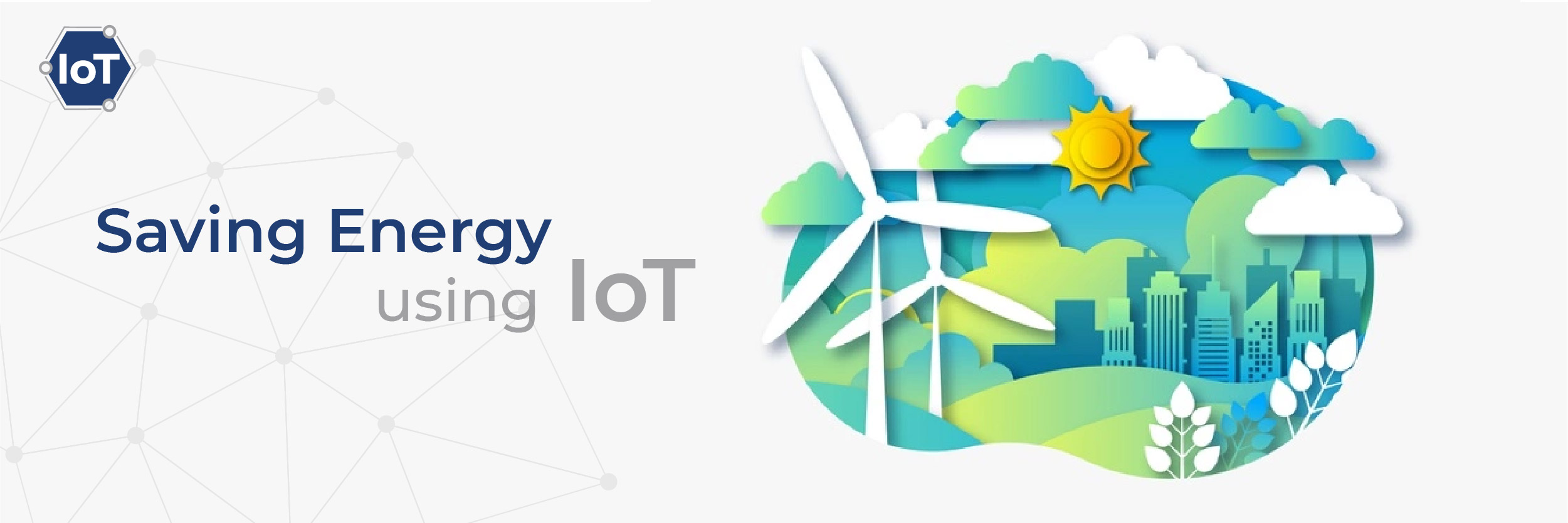
Techniques for Energy Saving Using IoT
The presence of IoT is felt across sectors – health, hospitality, manufacturing, retail – you name it and the Internet of Things has penetrated that space. What is required beyond these sectors is the implementation of IoT in the energy sector – energy conservation is the ultimate goal for any country, government and the world in general. Energy conversation using IoT give rise to SMARTER SAVINGS, IMPROVED EFFICIENCY & ENHANCED SECURITY.
There are many ways to implement IoT in the energy sector to conserve and save energy:
Smart Controls
Smart lighting, smart thermostats and sensor based HVAC systems – these IoT devices and sensors are equipped to automatically set and maintain perfect conditions to maintain optimum energy levels. Smart lighting allows to measure for the natural lighting, thereby lighting the room as required. Thermostats help save energy by pre-cooling a space. A lot of energy management solutions companies are promising about 33% of saving on electricity costs with the above implementations.
Green Energy
IoT based solar and wind turbines have been developed to meet the energy demands. This not only helps save energy, but also reduces the carbon footprint. This can also be implemented at homes and smart buildings, where energy is generated and supplied as per the energy requirement.
Smart Storage
Storage of energy for outages is common. However, to do this smartly is what IoT in energy conservation is doing now. Smart storage enables controlled backup, by allowing users to make informed decisions on where and how much energy should be stored. This also helps in maximizing performance and controlling the surplus energy.
Smart Management
Sensors, data analytics, predictive maintenance and so on are used to optimize the performance at a grid. Continuous monitoring of equipment helps prevent overloads, thereby maintaining a balanced line. Predictive maintenance ensures prevention of blackouts and downtime. With connected stations, plants and wind fields, the system becomes transparent and the choice is left to the consumer. While IoT based energy management is being embraced the world over, the benefits of energy conservation in IoT are numerous
Improved Energy Savings
Smart metres, smart lighting and smart sensors help in monitoring real time energy usage and data driven decisions to eliminate waste and minimize energy usage. This not only saves energy, but is also an economical benefit, by cutting down operational expenses.
Reduced Carbon Footprint
With optimized use of resources, the impact on the environment is reduced, thereby reducing the carbon emissions. This aids in the regulations with regards to reducing emissions and corrective measures.
Improved Automation
With IoT based devices, the equipment is fully automated to remotely and continuously monitor the energy spending and improve maintenance operations. Predictive consumption and maintenance helps prevent outages and pave way for a demand based usage. This also helps in identifying issues well before they occur and repair them in advance.
IoT has known to revolutionize the world. And when it is implemented in the most necessary space – energy conservation, it is only right to innovate and embrace this change for posterity!
